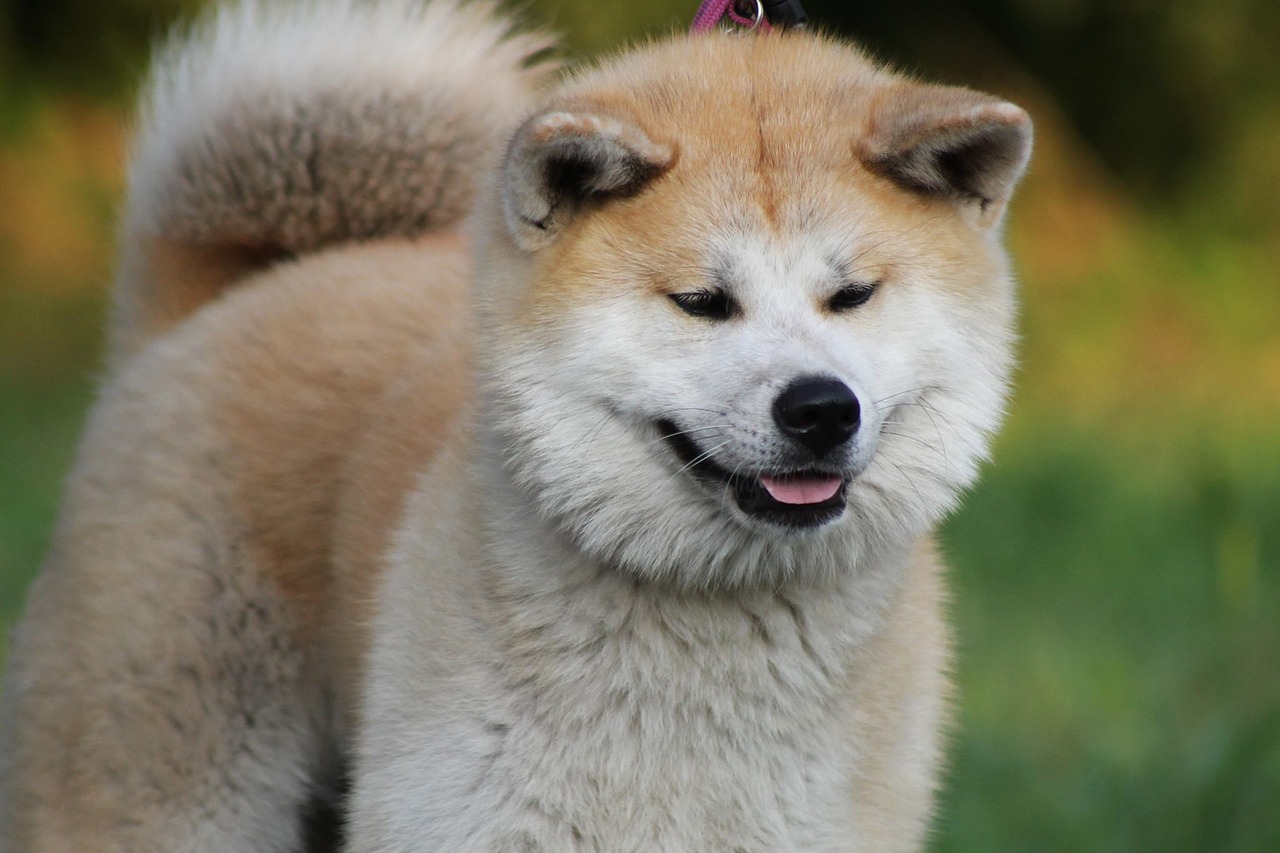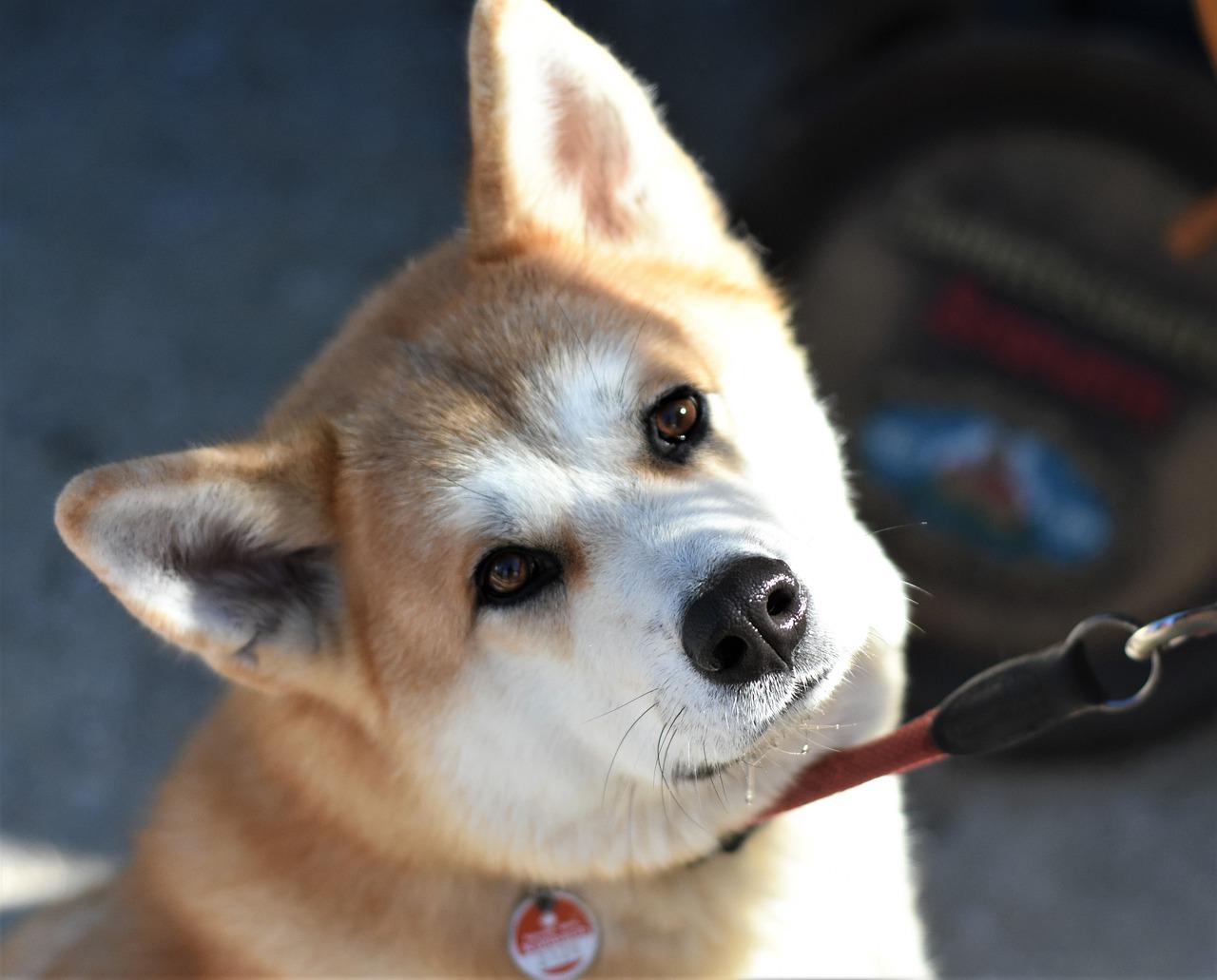Akita inu colors can vary dramatically, but all are brown. The brown base coat is covered with black hair tips that give the dog its darker shading. Black hair tips can be sparse or heavy, resulting in a darkened coat on the back, tail, and top of the dog. The fawn and red coats also feature black guard hairs. Below, we will discuss some of the most common Akita inu colors and how you can choose one for your dog.
Akita inu b&w mask
The Akita inu is available in red, white, brindle, and black. The color of the Akita is rich, brilliant, and clear, and it can be seen anywhere. However, unlike other breeds, this dog must not have black mask colors. The Akita inu’s white coloring is only overcoat, not the full coat. Black is an uncommon color, and it is actually a reddish tint. Fawn, which is a beige tint, is the third most common color, and covers a wide variety of hues.
Akita inu split mask
Akita inu split mask colors vary depending on whether the dog belongs to the Japanese or American standard of the breed. The Japanese Akita is smaller than the American Akita and around 30 pounds lighter. Their almond-shaped eyes and foxlike head are a common characteristic, while the American Akita has triangular eyes. The most common split mask color is black, while the American Akita has white markings on its face.
Akita inu body color
Akita inu body color is important in judging a dog’s breed. Akita inu colors vary greatly, including red, tora, and white. The name urajiro refers to the whitish hairs present in particular parts of the body. This color variation makes it easier to differentiate an Akita Inu from a Shiba Inu. For instance, a white Akita may have black blazes on its head.
Akita inu pigment
There are five different pigment colors of Akita Inu. The dog is classified as “white,” “blue,” “orange,” or simply “yellow.” The color is determined by the type of hair found on the muzzle, cheeks, neck, chest, and body. Colorless Akitas are considered nonstandard. Akitas with alternate coat colors can still be registered with the AKC if they have two AKC-registered parents.
Akita inu eye color
The Akita inu has small, dark eyes. These eyes are set moderately apart from the rest of the head. They are triangular in shape, set deeply, and are usually slanted upwards. The ears are triangular in shape and are small. The loin is broad, and the tail is curled over the back. The mouth of the Akita is scissors-shaped. Akita inu eyes are typically dark brown.
Akita inu markings
Akita inu colors and markings vary from breed to breed. The Akita Standard calls for urajiro markings on brindle and red Akitas. Urajiro marks are light spots on the body, particularly on the underside of the jaw. White markings on the body, however, are considered a serious fault and will disqualify the dog in shows and breeding programs. However, it is important to note that white markings on an Akita are not necessarily a problem as they blend into the dog’s main coat color.
Similar Posts:



Leave a Comment